Achieving Sustainability Goals Without Burning Out Your Leaders.
Date: June 2024
Read time: 4 mins
Author: Katelyn Prendiville (SeedCulture)

The explosion of sustainability commitments in recent years has left many companies grappling with unmet targets after addressing the low-hanging fruit. This problem is confounded by the fact that sustainability leaders are already feeling overburdened; whether it’s compliance and reporting, stakeholder engagement, strategy development, advocacy, leading on initiatives (to name a few); they have a lot on their plate! So, what can be done to help amplify their work, to achieve sustainability goals without further overwhelming this team?
This guide offers practical strategies for unlocking tangible sustainability outcomes through sharing the load of sustainability efforts across the organisation—all while keeping your sustainability leaders energised and effective.
1. Set the tone from the top
For sustainability leaders to effectively ‘rally the troops’, achieving team alignment and buy-in is crucial. As with anything related to culture, this requires leadership buy-in and strategic integration. So how can organisations set this tone from the top?
– Clear Vision and Mission: It’s important to start by articulating a compelling vision for sustainability that aligns with your company’s overall mission. Showing this support from the top helps to garner buy-in across the organisation, guiding all efforts and decisions.
– Strategic Planning: Include sustainability as a key component in your strategic planning processes. This ensures that sustainability goals are not siloed but are integral to the company’s overall strategy, and moves it from being perceived as a tokenistic gesture to one that is genuinely important to the company.
– Performance Metrics: Tie sustainability metrics to business performance metrics to highlight the business benefits of sustainability efforts. By showing how sustainability contributes to the bottom line, you can secure broader support and resources. For example, Patagonia ties sustainability metrics to business performance by measuring environmental impacts like CO2 emissions and waste reduction, demonstrating cost savings and efficiency improvements. This integration has led to increased customer loyalty and sales growth, showcasing the business benefits of their sustainability efforts.
2. Decentralise responsibilities
Empowering cross-functional teams that include members from various departments such as marketing, operations, finance, and HR, can foster a more integrated and democratic approach to sustainability, helping to distribute the load. However, this isn’t a simple ‘wand waving’ exercise; it requires planning, co-ordination and resourcing to weave it into daily practices. But it can pay dividends in the long term! Some strategies to do so include:
– Empower Cross-Functional Teams: Educate and appoint sustainability champions and task forces across departments. Platforms like SeedCulture’s can scale this education through an online deployment in a role-specific and engaging way, while encouraging peer-to-peer learning through a network of “green champions” who spread knowledge and best practices within their teams.
– Foster a Culture of Sustainability: As Peter Drucker once put it,
“Culture eats strategy for breakfast”.
When sustainability is a shared value, every employee feels responsible for contributing to the company’s goals. Work with L&D and HR leaders to build sustainability awareness into onboarding programs, and offer regular training to help employees internalise its importance to their role – while backing it up with sustainability incentives and recognition programs. For example, LEGO recently announced a performance management program that includes a KPI for carbon emissions tied to bonuses, encouraging accountability and action.
– Encourage innovation and ownership: Set up innovation labs, hackathons, or ideas boxes focused on sustainability challenges. These can generate fresh ideas and solutions from unexpected quarters. Again, SeedCulture’s employee-focused platform can help to facilitate this, encouraging and rewarding employees for posting ideas for sustainability improvements, opportunities, and risks they’ve identified in their day to day work.
3. Clear communication and accessible policies
Accessible sustainability policies and streamlined communications are the backbone of sustainability embedment. Without them, you’re essentially rowing in the dark and hoping that employees have excellent night goggles. It’s likely to be pretty chaotic out there! Here’s how to create them:
– Clear Policies: Develop easy-to-understand communication policies in collaboration with sustainability experts and legal advisors where possible. Align these policies with regulations like the Green Claims Directive, ensuring to regularly update them to reflect the latest regulatory changes and industry best practices. Resources like the Anti Greenwash Charter can help ensure your policies are transparent and compliant.
– Accessible Information: Ensure all employees can access and understand sustainability information. Use internal portals and digital tools to centralise information, making it readily available: Avoid jargon and make sure your policies are easy for everyone to understand.
– Consistent Messaging: Maintain consistent sustainability messaging across all channels to avoid confusion and ensure everyone is on the same page. This helps build a unified approach to sustainability, which will allow you to achieve better outcomes while ensuring a consistent message in the market.
Concluding Remarks
In conclusion, by spreading the sustainability workload across the organisation through decentralising responsibilities and developing scalable communications policies, you can keep your leaders energised and effective while achieving your sustainability goals. This approach not only ensures the well-being of your sustainability leaders but also fosters a more resilient and engaged workforce, ultimately driving the organisation towards its sustainability objectives
Introducing the Author: SeedCulture
SeedCulture’s sustainability training and engagement platform helps organisations educate their people on sustainability practices and activate them into measurable action. Their Sprint program provides an accessible solution for organisations of all sizes and stage of their sustainability journey, and they offer services to help teams with setting their sustainability strategy. Visit seedculture.com for more information.
If you think The Anti-Greenwash Charter embodies the values of your organisation, find out more here.
